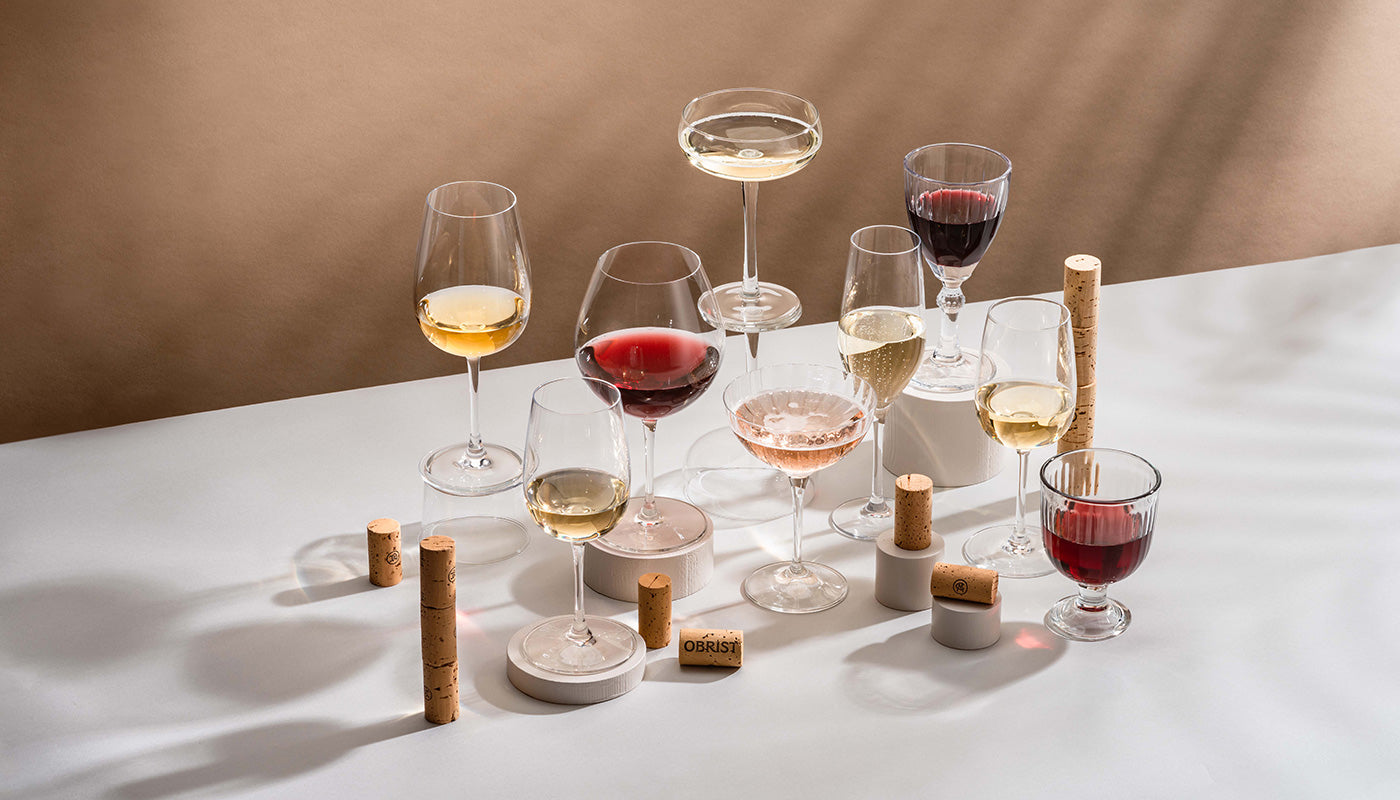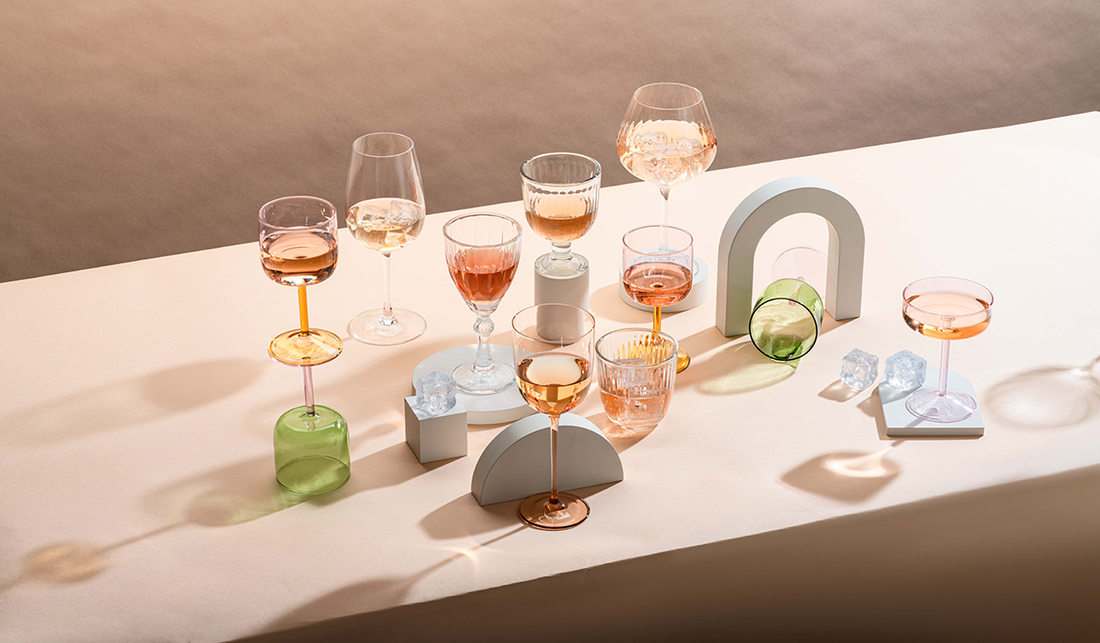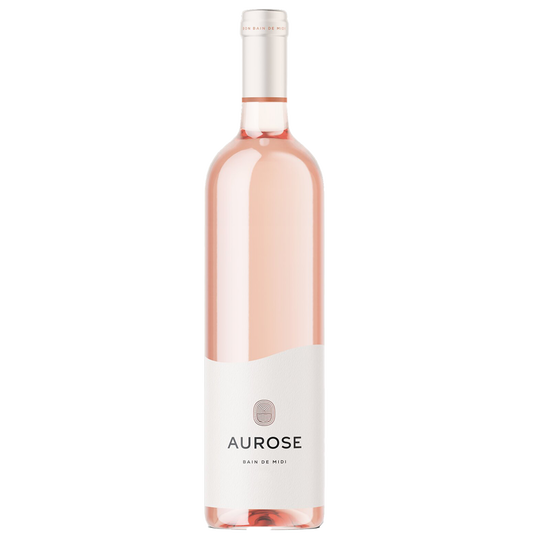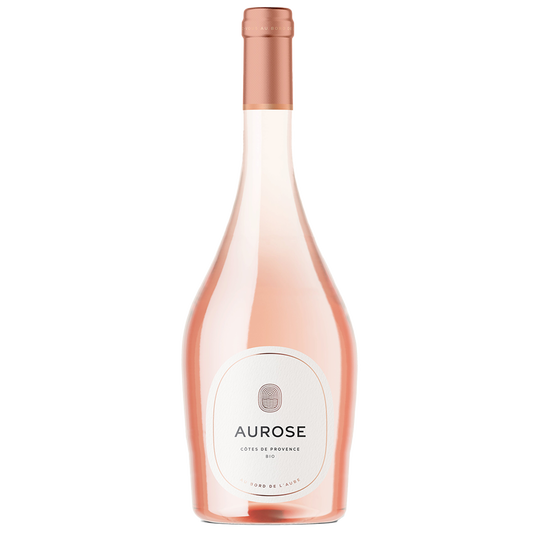It happens that certain rosés are produced from a single grape variety (we call it a single grape variety): it is then even easier to predict the profile of the wine from the previous descriptions of each grape variety. Grenache gives rosés a side generous, gourmand, and full-bodied, as well as aromas of strawberries and scrubland. Cinsault gives fresh, floral and fruity aromas such as grapefruit, linden, redcurrant and pomegranate. Syrah brings color, structure, acidity and notes of spices (black pepper) and violet.
Finally, like Syrah, Mourvedre brings color, structure and acidity, as well as notes of black fruits and a vegetal touch.
In conclusion, it all depends on the proportion of each of these grape varieties in the final blend. You can sometimes find this information on the back labels. At Obrist, we detail the grape varieties present on each product page.
It happens that certain rosés are produced from a single grape variety (we call it a single grape variety): it is then even easier to predict the profile of the wine from the previous descriptions of each grape variety from the previous descriptions of each grape variety .






